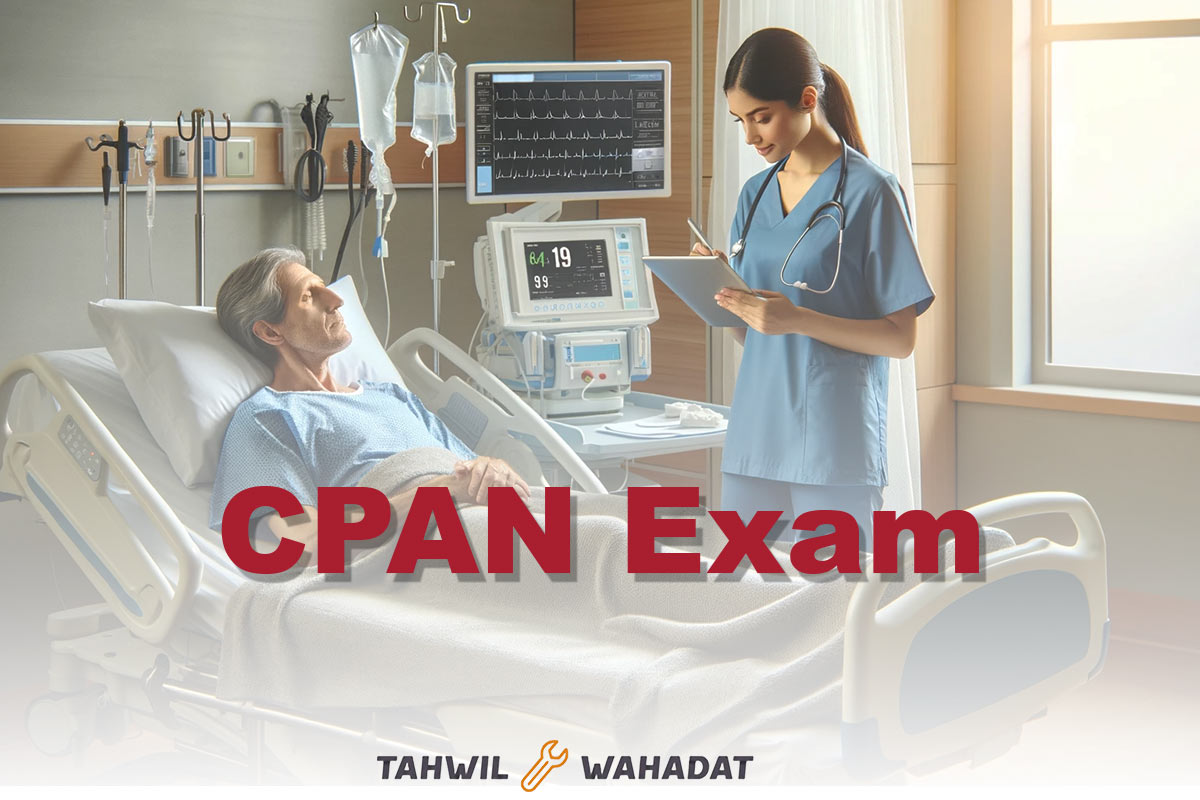The Certified Post Anesthesia Nurse (CPAN) certification is a revered qualification in the nursing profession, specifically tailored for nurses operating within the Post-Anesthesia Care Unit (PACU). Gaining this certification signifies a nurse’s expertise and commitment to delivering exceptional care during the critical recovery phase following surgery. This article explores various facets of the CPAN exam, shedding light on its structure, difficulty level, question format, and associated costs.
What is the CPAN Exam?
The CPAN exam is a specialized certification exam designed for nurses who work in the PACU, where patients recover from anesthesia following surgery. Administered by the American Board of Perianesthesia Nursing Certification, Inc. (ABPANC), the exam tests a candidate’s knowledge and skills necessary to effectively manage patient care during the post-anesthesia phase. The certification is an acknowledgment of the nurse’s proficiency in areas such as pain management, physiological stability, and safety practices.
How Difficult is the CPAN Exam?
The difficulty of the CPAN exam can be substantial due to the specialized knowledge and critical thinking required to pass it. Candidates must demonstrate a comprehensive understanding of various physiological, psychological, and situational scenarios that can arise in the PACU. The pass rate for the CPAN exam fluctuates but typically ranges around 70%, reflecting its challenging nature. This rate underscores the need for thorough preparation and a deep understanding of post-anesthesia care dynamics.
How Many Questions Are There on the CPAN Exam?
The CPAN exam consists of 165 multiple-choice questions, of which 140 are scored, and 25 are pretest questions used to gather data for future examinations. Candidates are allotted three hours to complete the exam. The questions are scenario-based and designed to assess a nurse’s critical thinking and problem-solving abilities in real-world situations encountered in a PACU setting.
Costs of the CPAN Exam
The cost of taking the CPAN exam varies based on whether the candidate is a member of the American Society of PeriAnesthesia Nurses (ASPAN). For ASPAN members, the fee is approximately $295, whereas non-members are charged around $395. Additional costs may include study materials and potential retake fees should the candidate need more than one attempt to pass the exam. Preparing for the CPAN exam often involves additional financial considerations for review courses and materials.
Conclusion
Achieving CPAN certification is a significant milestone in a nurse’s career, enhancing their qualifications and showcasing their commitment to providing high-quality care in a post-anesthesia context. While the CPAN exam presents various challenges, including a rigorous test of knowledge and a not insignificant financial commitment, the benefits it brings in professional recognition and career advancement can be immensely rewarding. Proper preparation and understanding of the exam’s structure and content are crucial for those aspiring to earn this esteemed certification.




